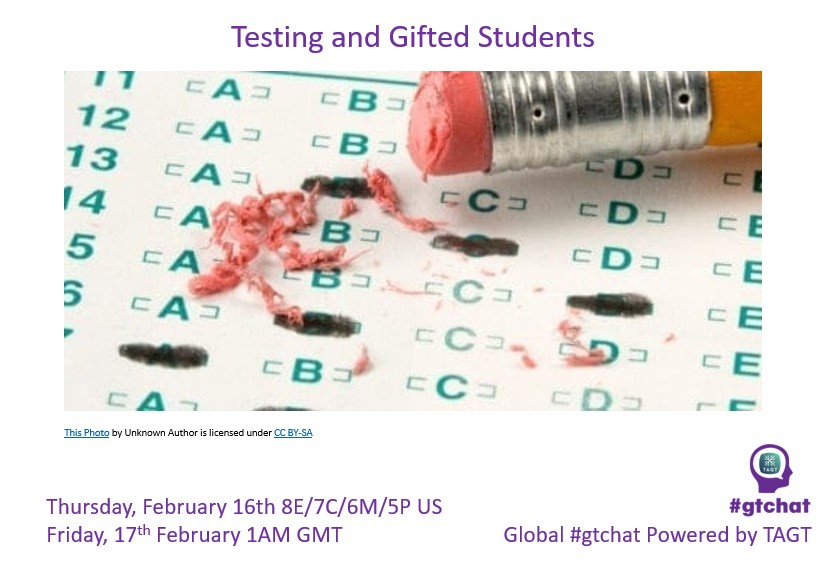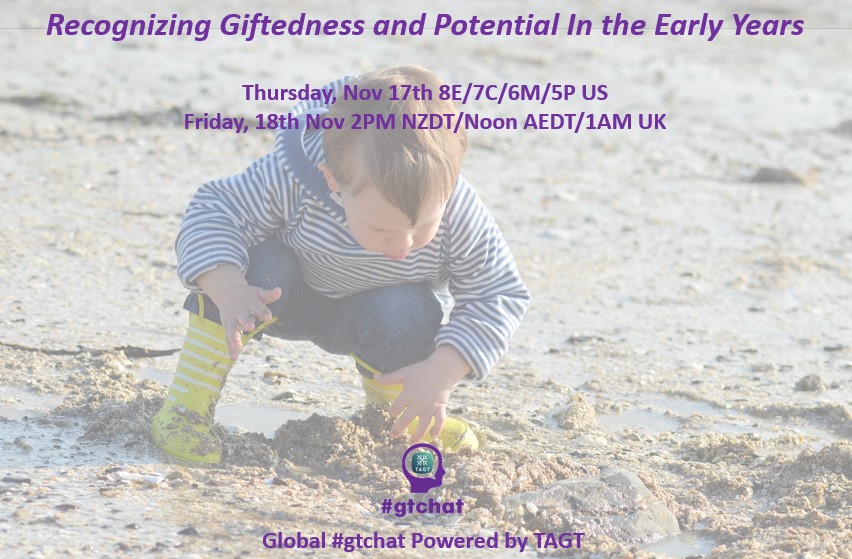
What’s the difference between gifted testing and gifted assessments? Gifted testing is generally a standardized, universal screening used to determine eligibility for gifted programs/services and administered in a way to ensure it’s given to every student in a consistent manner (Davidson Gifted). Gifted assessments are more comprehensive (and costly) and given by trained professionals such as school psychologists or outside psychologists who specialize in gifted assessment. They can be quantitative (IQ, achievement, cognitive evaluations) and qualitative (teacher/parent observations, student interviews, portfolios).
How are achievement tests and ability tests categorized? Achievement tests screen for particular areas of strength and acquired knowledge. They are usually group administered (ACT/SAT), but may also be part of a gifted assessment. Ability tests look at cognitive abilities or IQ as part of gifted assessments and are a more in-depth review of the child’s capabilities. Some common ability tests include WISC-V and Naglieri Nonverbal-3 for individual testing and CogAT for group testing.
Utilizing multiple assessments for screening can improve diversity in gifted programs as well as identify 2E students who are often missed by traditional methods. Multiple assessments can take into account a child’s linguistic background, access to extracurricular educational opportunities, and services offered by their school districts. Limitations found in traditional assessments can be addressed by considering local norms over national norms and using tools such as the Teacher Observation of Potential in Students (TOPS).
Assessment of learning is the traditional approach of viewing testing/assessments as the gateway to obtaining gifted services in a school setting. Assessments for learning involves formative assessment which is informal (generally), flexible, and ongoing. They look at strength-based data disregarding norms and focusing on personal strengths of individual students (Renzulli, 2022).
Academic growth in our students should be the hallmark driving all facets of education. Identifying GT students is of little value if their academic careers stagnate. Once testing is completed, provision for quality curricular intervention via a Differentiated Learning Plan (DLP) or GIEP with additional student input is essential. Additional tools which can assist in determining instructional services include Depth and Complexity icons and CogAT Ability Profiles (Simonds, 2023).
A transcript of this chat can be found at Wakelet.
Global #gtchat Powered by the Texas Association for the Gifted and Talented is a weekly chat on Twitter. Join us Thursdays at 8E/7C/6M/5P in the U.S. and Fridays at 1AM GMT to discuss current topics in the gifted community and meet experts in the field. Transcripts of our weekly chats can be found at Wakelet. Our Facebook Page provides information on the chat and news and information regarding the gifted community.
About the author: Lisa Conrad is the Moderator of Global #gtchat Powered by TAGT and Social Media Manager of the Global #gtchat Community. She is a longtime advocate for gifted children and also blogs at Gifted Parenting Support. Lisa can be contacted at: gtchatmod@gmail.com
Resources:
Gifted Testing and Assessment | Davidson Gifted
What to Consider Before Testing Your Child for Giftedness
It’s never too early — or late — to identify gifted students
The benefits of multiple screenings for student giftedness
Identifying Gifted and Talented Students: What to Consider
Why universal screening is a more equitable identifier of gifted and talented students
Considerations for Identification of Gifted and Talented Students: An Introduction to Identification (pdf)
Best Practices for Determining Eligibility for Gifted Programs (pdf) | Rutgers Center Effective School Practices
Beyond GT Identification: Are your students actually making academic gains?
Gifted Testing: Identifying When a Child is Gifted
Guidance for IEP Teams: Alternative Methodology for Meeting Gifted Screening Requirements (pdf) | SC Department of Education Office of Assessment & Standards
Gifted Identification & Assessment
Tests & Testing | CTY Johns Hopkins
The Future of Gifted Education and The Drowning Man Analogy | NAGC
Graphic courtesy of Lisa Conrad.






 About the author:
About the author: